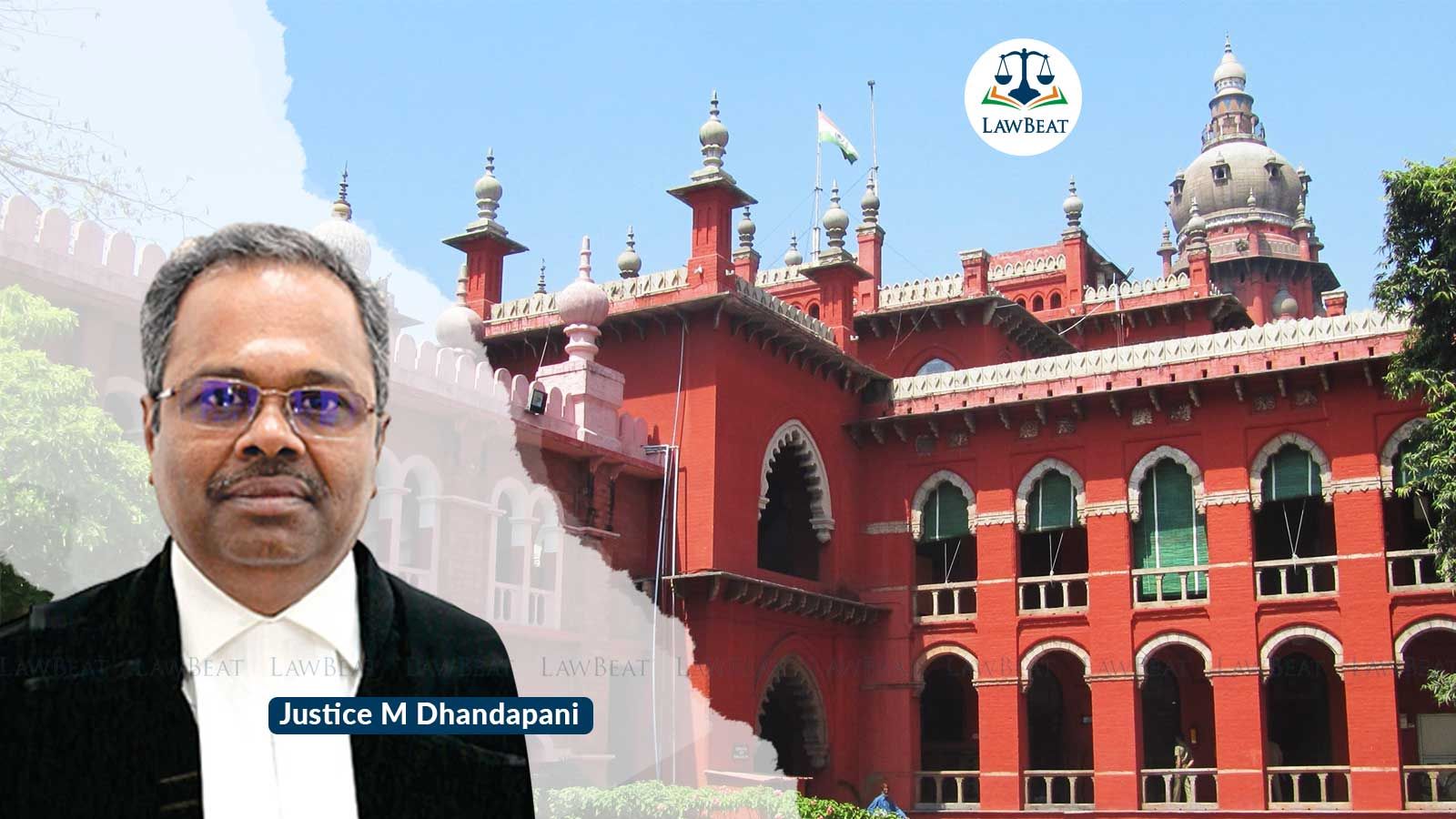Madras HC allows relocation of tomb of East India Company Governor's son situated at HC campus

Court noted that the tomb had only been declared a protected monument for it contains the interments of the son of the then Governor of the East India Company.
The Madras High Court recently allowed a plea to relocate the tomb of David Yale and Joseph Hymners, the son and friend of Elihu Yale, the then Governor of East India Company, situated within the compound of the Law College within the campus of the high court.
The bench of Justice M Dhandapani observed that the structure has neither archaeological value nor historical importance.
He said that the tomb is also not an artistic masterpiece for it to be maintained as a protected monument. "...in such a scenario, the developmental activities necessitated in the current day scenario cannot be brushed aside for merely housing the cemetery of individuals, who have no historical significance," held the judge.
Therefore, Justice Dhandapani stressed that the said tomb has to pave the way for the development of parking space, "which is the need of the hour".
Court was dealing with a writ petition filed seeking a declaration that the tomb of David Yale and Joseph Hymners is not an ancient monument. Consequently, the petitioner also sought a direction for its relocation.
The petitioner's submission was that since there was no designated parking space for the advocates, staff, litigants, government officials, etc at the high court premises, the high court administration had started developing a multi-level parking lot in the available open space which is set at naught due to ASI declaring the tomb as a protected monument.
The petitioner asserted that the ASI had declared the tomb as an ancient monument under Section 2(j) of the Ancient Monuments and Archaeological Sites and Remains Act, 1958 merely on account of its existence for more than 100 years.
While stressing that the said tomb in question has no historical, archaeological or artistic significance or interest, the petitioner submitted, "At best the said tomb could be described as one containing the remains of persons, who were close to the then former Governor".
Therefore, while pointing out that merely because the tomb was in existence for more than 100 years, it had been declared a protected monument, which is not the intent of Section 2 (j) of the Act, the petitioner argued that the larger question of public necessity has to be taken into consideration when the protection granted to the structure is not covered by Section 2 (j) of the Act.
Though court underscored that developmental necessity cannot rob the archaeological value of a structure, it pointed out that in the present matter, the structure in question did not hold any historical or artistic significance.
It is a mere cemetery that had been brought under the ambit of protected monuments only to satisfy the thirst of the East India Company as the structure contains the interments of the son of the then Governor of the East India Company, held the court.
"The authority has to first divest its slavish mindset carried on from the colonial era which alone would mark the attainment of independence by our country," said the court while directing the authorities to take steps to relocate the tomb to any appropriate place, which they deem fit and proper.
Case Title: B.Manoharan v. The Ministry of Culture and Others
